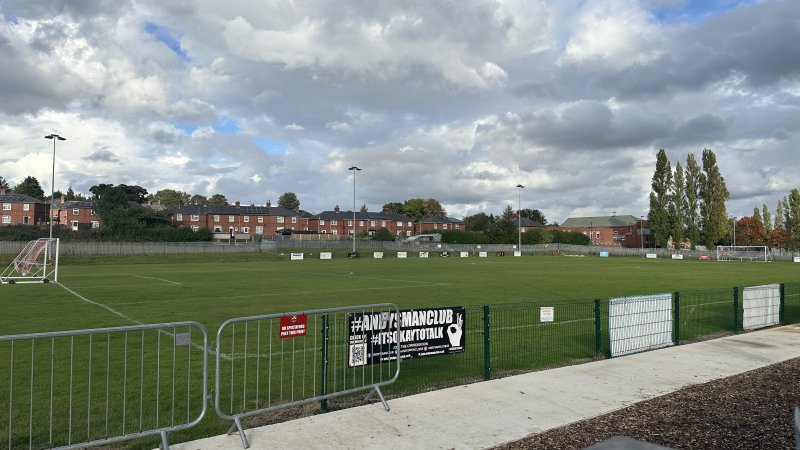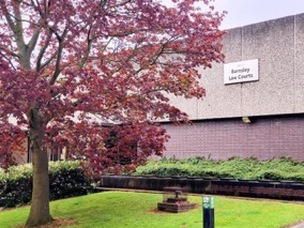A FOUR-YEAR row between Barnsley Council’s planning board and a housing developer has finally ended - after a government department sided with the local authority’s decision to refuse permission for a new estate.
Gleeson Developments, responsible for two completed sites off Lowfield Road, Bolton-upon-Dearne, had initially been refused consent for a proposed third phase due to an argument over the material used on its driveways.
The spat related to gravel drives, which were a breach of planning conditions to the tarmac alternative agreed on, and resulted in an £8,000 fine being issued to Gleeson following an appearance at Barnsley Magistrates’ Court.
The prosecution resulted in Gleeson writing to its Barnsley residents giving them the choice of receiving a cash sum to maintain the gravel drive or opt for tarmac to be used - a stipulation insisted on by the council.
However, Gleeson then announced that the cash sum was being dropped in favour of every drive having a tarmac surface following ‘further discussions’ held with the council, who warned more court action could have been pursued if a deal was not struck.
However a resubmitted bid for phase three at the site with permitted tarmac drives - consisting of 97 homes - was still rejected by the council’s planning board due to road safety concerns.
A subsequent appeal to the Planning Inspectorate - which has the power to overrule the council - proved unsuccessful, it was revealed this week.
Inspector Edwin Maund’s investigation report said traffic lights at Lowfield Road’s railway bridge - promised upon completion of phase two at a cost of £210,000 - have not come to fruition.
“From the evidence before me and the site visit that I undertook, I was able to see the current arrangements for the road bridge over the railway line, and the adjacent footbridge which serves the railway,” it said.
“I was also able to observe that the details for highway improvements expected to be delivered consequent to phase two have not yet been carried out.
“The road bridge, being a humpback bridge, limits the forward visibility for users, while the current footways on the bridge are below modern standards.
“It is in my view reasonable to expect improvements when there is a policy requiring a signalised junction.
“The increase in traffic and pedestrian flows across this bridge will only be likely to exacerbate the identified shortcomings of the present arrangements.
“This pedestrian bridge has been designed to modern standards and allows a step-free access away from the road, providing a safer route for pedestrians.
“Even if I were to accept the appellant’s argument that this achieves appropriate, safe access across the railway bridge, it does not resolve the obvious shortcomings associated with the footway across the road bridge.
“This route, being shorter, is still used by the majority of pedestrians - the increase that the development would create, would be likely to generate an increase in usage of both routes without addressing the problem.
“I do not regard this as satisfactory.”
Phase one, which saw 60 homes created, was followed by a 58-house neighbouring estate, but Gleeson’s planned final phase would have used access points would have been taken via Prior Croft.






























